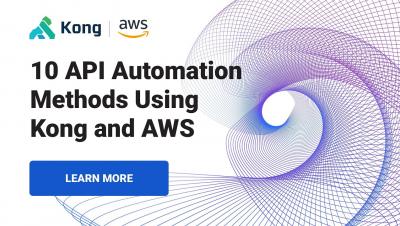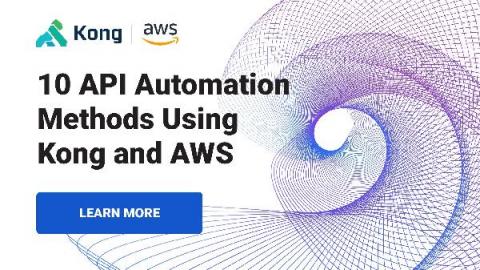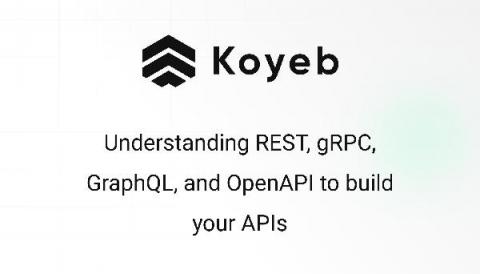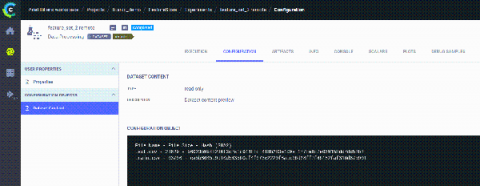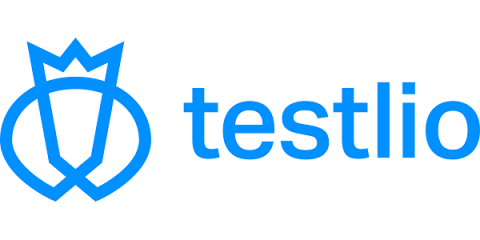Systems | Development | Analytics | API | Testing
Technology
10 API Automation Methods Using Kong and AWS
Apps of today differ from those of the past. Evolving organizations like Cargill need to scale quickly to support millions of users, have global availability, manage petabytes or more of data and respond in milliseconds. That’s why modern apps now leverage API automation.
Mobile Testing Reimagined With Testsigma
Is Data-First AI the Next Big Thing?
We are roughly a decade removed from the beginnings of the modern machine learning (ML) platform, inspired largely by the growing ecosystem of open-source Python-based technologies for data scientists. It’s a good time for us to reflect back upon the progress that has been made, highlight the major problems enterprises have with existing ML platforms, and discuss what the next generation of platforms will be like.
Understanding REST, gRPC, GraphQL, and OpenAPI to build your APIs
Whether you're implementing a microservice architecture that will be scalable and resilient or forward-thinking for interoperability possibilities, APIs provide the essential level of abstraction that enables communication between separate pieces of software. Modifying an API architecture once it is live is no small feat, so taking the time before building one to identify your needs and goals for your API is a worthwhile step that will help you create the API you want.
Keep your cloud close and your data closer
Everyone knows that more and more data is moving to the cloud. According to the latest research, 94% of all enterprises use cloud services and 48% of businesses store classified and important data in the cloud. While the cloud is ubiquitous, in practice it consists of data infrastructures in various locations around the world. The question of where the cloud data infrastructure storing your specific data is located is becoming increasingly important.
Android UI testing with AWS Device Farm and Bitrise
A hands-on article about how to build and test your Android app on physical devices on the cloud with Espresso, AWS Device Farm, and Bitrise.
The CIO's Future Vision for the Digital Core - Adopting Application-First Infrastructure
Amid the rapid pace of change felt by organizations this year, it’s no surprise that digital transformation projects have been high on the agenda for CIOs across the globe. To achieve both their organizational and transformation goals and become digitally agile as a result, CIOs are often tasked with creating the conditions needed to enable an intelligent and flexible digital core.
Data management is ALL THE RAGE!
Everyone wants to manage their data, and if it’s a feature store, even better! But for optimal data management, we must first discuss lightweight zero upfront setup costs and maximizing utility with ClearML-data. ClearML-data mimics the light weightiness of git for data (who doesn’t know git?) and gives it a spin. It is an open-source dataset management tool which is extremely efficient and conveys how we view DataOps and its distinction from git-like solutions, including.
The true cost of software bugs: limited CX and user distrust
The mobile app customer experience is more than simple UX design. It encompasses the experience that users get across all of the brand’s channels and includes all the interactions as a user identifies, evaluates, purchases, uses, re-engages, and leaves the product. A recent report noted that users downloaded 204 billion mobile apps globally in 2019; and customer churn is easier than ever.


